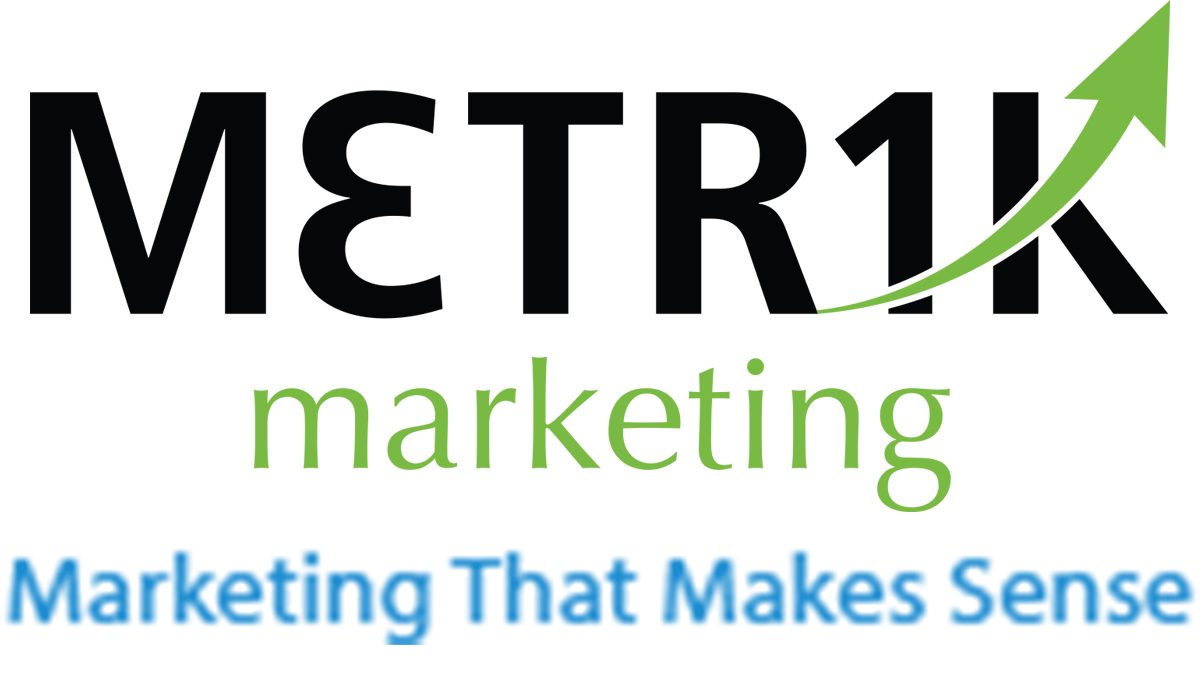How Chatbots and AI
Are Revolutionizing Customer Engagement
How Chatbots and AI Are Revolutionizing Customer Engagement

In today’s ever-evolving digital landscape, businesses are constantly seeking innovative ways to improve customer engagement, boost conversion rates, and stand out from their competition. One of the most exciting developments in recent years is the rise of conversational marketing, driven by chatbots and artificial intelligence (AI). These tools are transforming how brands interact with customers, creating a more personalized, efficient, and engaging experience. Conversational marketing represents a significant shift from traditional approaches. But what exactly is conversational marketing, and how can businesses harness its power? Let’s explore.
The Power of Chatbot-Driven Engagement

Chatbots have emerged as powerful allies in the quest for enhanced customer engagement. These AI-powered assistants have become an integral part of conversational marketing due to their ability to engage customers in real-time, 24/7. Gone are the days when customers had to wait for a response to their queries via email or phone calls. With chatbots, businesses can provide instant responses to customer inquiries, significantly enhancing customer satisfaction. The key benefits of chatbot-driven engagement include:
1) Instant Response:
Chatbots can provide immediate responses to frequently asked questions or direct customers to the right resources without delay. This is crucial in a world where customers expect fast service.
2) Scalability:
Chatbots can handle an unlimited number of conversations simultaneously, making them an ideal solution for businesses with high volumes of inquiries.

3) Cost Efficiency:
Automating customer support through chatbots reduces the need for large customer service teams, allowing businesses to allocate resources elsewhere. Automating repetitive tasks frees up human agents for more complex issues.
4) Lead Qualification:
Chatbots can pre-qualify leads by asking relevant questions, gathering information, and segmenting potential customers based on their needs. This makes it easier for sales teams to focus on the most promising leads. 55% of companies report better lead quality with chatbot implementation.
5) Improved Customer Experience:
By providing instant, personalized responses, chatbots create a smoother, more efficient journey for customers, improving overall satisfaction.
Additional benefits include:
24/7 Availability:
Chatbots provide round-the-clock support, handling up to 80% of routine inquiries without human intervention.
Increased Conversion Rates:
Businesses report a 10% to 100% boost in conversion rates after implementing chatbots.
Personalized Experiences:
By integrating with CRM systems, chatbots can offer tailored recommendations based on browsing history and past purchases.
AI Tools for Personalization in Marketing

While chatbots are central to conversational marketing, AI tools take customer engagement to the next level by enabling hyper-personalized experiences. Artificial Intelligence is taking personalization to new heights in marketing. AI can analyze vast amounts of data to better understand customer behavior, preferences, and needs, allowing businesses to tailor their interactions accordingly.
Some key AI tools for personalization in marketing include:
Predictive Analytics:
AI-powered tools can predict future customer behavior by analyzing past interactions, helping businesses proactively engage customers with relevant offers and content. AI tools can forecast customer needs and preferences, allowing marketers to proactively engage with relevant offers.

Dynamic Content Personalization:
AI can tailor website content, emails, and product recommendations based on individual customer profiles, ensuring that each touchpoint feels unique and relevant. AI analyzes user behavior to deliver personalized content and product recommendations instantly.
Natural Language Processing (NLP):
AI-driven chatbots with NLP capabilities can understand and respond to customer queries in a more human-like manner, enhancing the conversational experience. Advanced AI understands and responds to customer queries in a more human-like manner, enhancing the overall experience.
Automated Email Marketing:
AI tools can segment email lists and send personalized messages based on customer behavior and preferences, improving open rates and engagement.
By leveraging these AI tools, businesses can create a more personalized and relevant experience, increasing the likelihood of conversion and customer retention.
Conversational Marketing vs. Traditional Marketing

Conversational marketing differs significantly from traditional marketing strategies, which typically involve one-way communication (e.g., TV ads, print ads, email blasts) where businesses push information to customers. In contrast, conversational marketing fosters two-way communication, where businesses engage customers in real-time, understand their needs, and provide personalized solutions. This shift towards conversational marketing is yielding impressive results. For instance, Sephora’s chatbot increased conversion rates by 11%.
Key differences include:
1) Real-Time Interaction:
Unlike traditional marketing, which often relies on delayed communication, conversational marketing allows businesses to interact with customers instantly, addressing queries and guiding them through their purchasing journey.

2) Personalization:
Traditional marketing tends to be more generic, casting a wide net. Conversational marketing, on the other hand, uses AI and chatbots to tailor interactions based on individual customer data, ensuring a more relevant and engaging experience.
3) Engagement:
In traditional marketing, customer engagement is passive (e.g., watching a commercial). In conversational marketing, engagement is active, with customers directly interacting with businesses through chatbots, AI, and messaging platforms.
4) Conversion:
Conversational marketing’s two-way nature allows for more opportunities to convert leads into customers. By understanding customer intent and preferences, businesses can deliver timely, personalized offers, improving conversion rates.
A comparison between Conversational Marketing and Traditional Marketing:
Conversational Marketing:
Real-time, two-way interactions
Personalized experiences
Immediate response
Customer-centric
Adaptive and flexible
Traditional Marketing
One-way communication
Mass messaging
Delayed feedback
Brand-centric
Rigid campaigns
To effectively implement a chatbot strategy,
follow these key steps:
1) Define Your Goals:
Identify your chatbot’s purpose—whether it’s improving customer support, generating leads, or increasing sales. Clear objectives will shape its design and functionality.
2) Choose the Right Platform:
Select the appropriate platform (website, Facebook Messenger, WhatsApp, etc.) based on your audience. Consider factors like setup complexity, customization, and integration.
3) Design Conversational Flows:
Map out common customer queries and create clear conversational paths, incorporating personalization to enhance the experience.
4) Integrate with CRM and Marketing Tools:
Connect your chatbot with CRM systems and marketing tools to capture leads, track interactions, and send personalized follow-ups.
5) Monitor and Optimize:
Track performance metrics like response times and satisfaction. Use this data to continually optimize the chatbot’s performance.
6) Provide Human Backup:
Ensure the chatbot can escalate issues to a live agent when needed, ensuring smooth transitions for complex queries.
Conclusion
The rise of conversational marketing, powered by chatbots and AI-driven tools, is revolutionizing how businesses engage with their customers. By enabling real-time, personalized interactions, these technologies enhance customer experiences, improve conversion rates, and streamline marketing efforts. As businesses continue to embrace these tools, integrating chatbots into digital marketing campaigns will become an essential strategy for staying competitive and building stronger customer relationships. By embracing conversational marketing and leveraging chatbots and AI, businesses can create more engaging, efficient, and personalized customer experiences.
Conversational marketing isn’t just a trend—it’s the future of customer engagement. Embrace the change, and watch your business thrive. As we move forward, those who adapt to this new paradigm will likely see significant improvements in customer satisfaction, loyalty, and ultimately, their bottom line.
Photo Credits:
Photo: ©metamorworks from Getty Images via canva.com
Photo: ©CarmenMurillo from Getty Images via canva.com
Photo: ©Melpomenem from Getty Images via canva.com
Photo: ©Tony Studio from Getty Images Signature via canva.com

